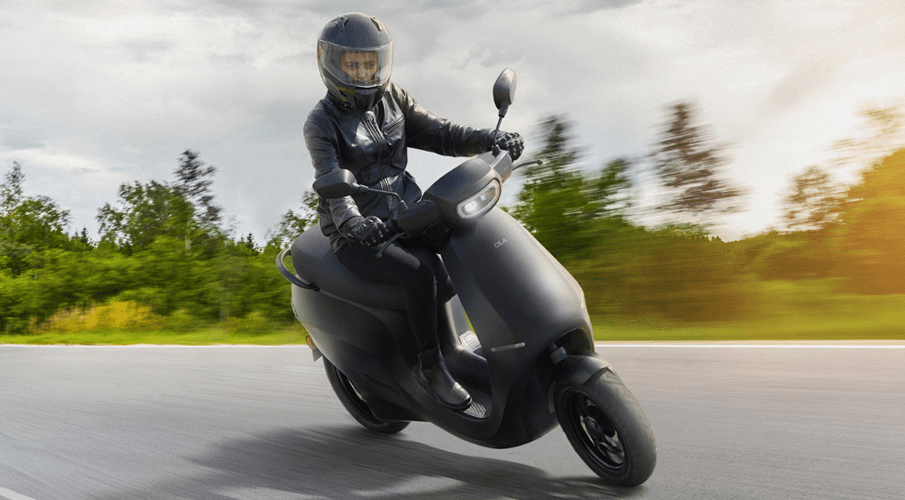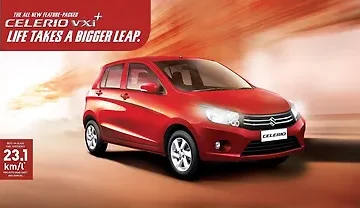OLA Electric: Pioneering Electric Mobility in India

Introduction
In recent years, the push towards sustainable transportation has gained momentum worldwide, with India being no exception. OLA Electric, a subsidiary of the ride-hailing giant OLA, is at the forefront of this movement in the country. Established in 2017, the company aims to provide efficient and eco-friendly mobility solutions. The importance of OLA Electric lies in its ability to not only address the growing demands for cleaner transportation options but also reduce the dependency on fossil fuels, significantly impacting air quality.
Recent Developments
OLA Electric made headlines in late 2021 with the launch of its flagship product, the OLA S1 electric scooter. The scooter features a sleek design, advanced technology, and an impressive range of up to 181 kilometers on a single charge. Moreover, it comes equipped with various smart features like vehicle diagnostics, remote locking, and a music system, catering to the tech-savvy youth of India. Since its launch, OLA Electric has received overwhelming responses, recording over 1 lakh bookings within the first 24 hours.
To support its expansion, the company has also invested heavily in building a robust charging infrastructure across the country. OLA’s “Hypercharger” network aims to create a seamless experience for electric vehicle (EV) users, with plans to set up over 1,000 charging stations in various urban locations. This initiative is crucial as it tackles one of the significant barriers to EV adoption—charging accessibility.
Government Support and Market Trends
The Indian government has also recognized the importance of electric mobility and is supporting initiatives aimed at promoting EV adoption. With attractive subsidies under the Faster Adoption and Manufacturing of Hybrid and Electric Vehicles (FAME) scheme, OLA Electric has benefited immensely, making their products more affordable for consumers.
Challenges Ahead
Despite the enthusiasm surrounding electric vehicles, OLA Electric faces several challenges. The competition is heating up as numerous players enter the Indian EV market. Companies such as Ather Energy, Bajaj Auto, and TVS Motors are investing heavily in their electric vehicle lines, which could impact OLA’s market share. Additionally, large-scale manufacturing of batteries and raw materials necessary for EV production remains a critical concern that can influence pricing and availability.
Conclusion
OLA Electric is set to play a pivotal role in transforming India’s transportation landscape as the demand for sustainable mobility solutions continues to rise. With significant investments in technology and infrastructure, along with government backing, the company is well-positioned to overcome challenges and shape the future of electric mobility in India. As consumers increasingly prioritize sustainability, OLA Electric’s advancements signal a broader shift towards environmentally friendly transportation solutions, making it a key player to watch in the coming years.









